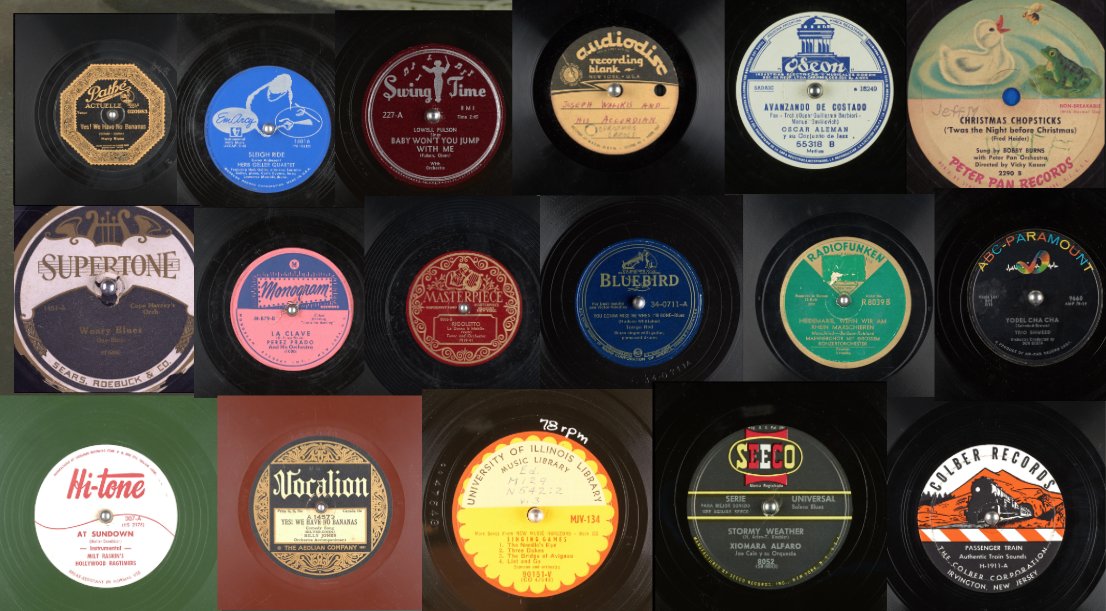“Man,” a fellow working the checkout counter at Los Angeles’ Amoeba Music once said to me, “you sure do like Japanese jazz.” His tone was one of faint disbelief, but then, this particular record-shopping trip happened well over a decade ago. Since then the global listenership of Japanese jazz has increased enormously, thanks to the expansion of audiovisual streaming platforms and the enterprising collectors and curators who’ve used them to share the glory of the most American of all art forms as mastered and re-interpreted by dedicated musicians in the Land of the Rising Sun.
High-profile Japanese-jazz enthusiasts of the 2020s include the Turkish DJ Zag Erlat, creator of the Youtube channel My Analog Journal, whose short 70s mix of the stuff we featured last year here on Open Culture. But it was only a matter of time before the musical minds at London-based online radio station NTS broadcast the definitive Japanese Jazz session to the world.
Previously, NTS have dedicated large blocks of airtime to projects like the history of spiritual jazz and a tribute to the favorite music of novelist Haruki Murakami — a Japanese man and a jazz-lover, but one whose America-inspired cultural energy hasn’t been particularly directed toward jazz of the Japanese variety.
“Japanese jazz” refers not to a single genre, but to a variety of different kinds of jazz given Japanese expression. Hence NTS’ Japanese Jazz Week, each of whose bilingually announced broadcasts specializes in a different facet of the music. The first mix is dedicated to the late guitarist Ryo Kawasaki; the second, to traditional Japanese instruments like the shakuhachi, and the koto; the third, to Three Blind Mice, often described as “the Japanese Blue Note”; the fourth, to jazz fusion, one of the musical currents in Japan that gave rise to city pop in the 1980s; the fifth, to pianist Masabumi Kikuchi, who played with the likes of Sonny Rollins and Miles Davis; the sixth, to modal jazz and bop from the 1960s to the 1980s; and the seventh, to free-improvising saxophonist Kaoru Abe, “a true maverick of late 70’s Japanese jazz.”
Japanese Jazz Week also includes a special on spiritual and free jazz as played in Japan “from its earliest stirrings in the 1960s until it reached international recognition in the 1970s.” The 70s, as the international fan consensus appears to reflect, was the golden age of Japanese jazz; as I recall, the heap of LPs I set down before that Amoeba clerk came mostly from that decade. The decade’s players, producers, labels, and concert venues continue their work today, the current pandemic-related difficulties of live performance aside. When the shows start and travel resumes again in earnest, no small number of Japanese-jazz fans will be booking their tickets to Tokyo at once, all in search of an offline Japanese Jazz Week — or two or three — of their own.
Related Content:
Hear Enchanting Mixes of Japanese Pop, Jazz, Funk, Disco, Soul, and R&B from the 70s and 80s
Hear a 9‑Hour Tribute to John Peel: A Collection of His Best “Peel Sessions”
Based in Seoul, Colin Marshall writes and broadcasts on cities, language, and culture. His projects include the Substack newsletter Books on Cities, the book The Stateless City: a Walk through 21st-Century Los Angeles and the video series The City in Cinema. Follow him on Twitter at @colinmarshall or on Facebook.


